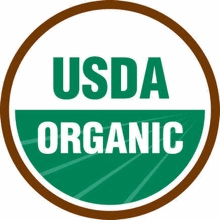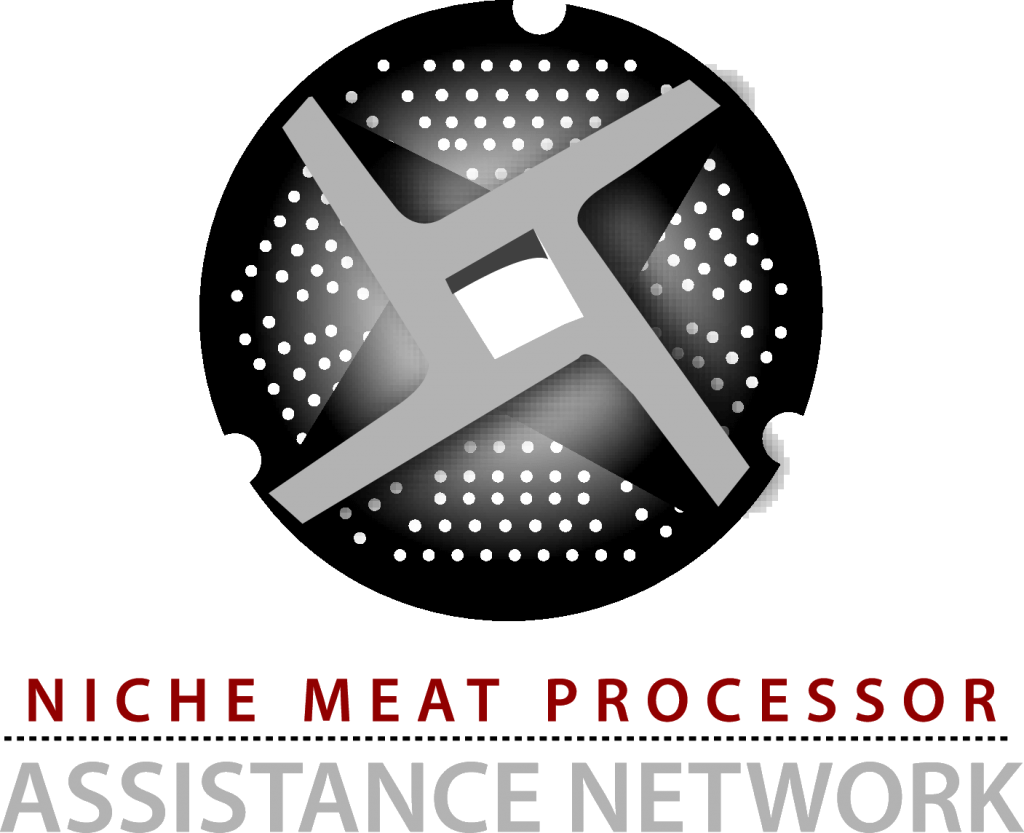
Meat cannot be labeled or sold as organic unless the slaughter and processing happens at a facility that is certified organic.
Attaining organic certification is quite straightforward and not difficult for most processors. And they can still process non-organic meats. The key issue is the ability to segregate organic product, both physically and through a paper trail that traces the organic product from the animal or the raw materials through to the finished product. Additionally, a plant must prevent contamination with substances prohibited under organic rules.
Segregating organic product
Ways to do this include the following:
- Isolate incoming animals in a separate pen (labeled “Organic Animals”)
- Slaughter and process organic animals at a certain time of day or day of the week to ensure that equipment is free of remnants from processing conventional animals;
- Identify carcasses as “Organic”;
- Keep records, tracked by ear tag numbers of incoming animals, of all organic slaughter and processing activities.
All equipment must be thoroughly cleaned after processing non-organic meat and before processing organic meat. Usually processors go through a thorough cleaning and hot wash at the end of the day, so many find it convenient to process organic meats first thing in the morning and non-organic meats the rest of the day. Records must be maintained of cleaning activities and of all organic processing.
Preventing contamination with prohibited substances
The processor must use proper vermin and pest control that is acceptable to organic standards. Certifying agencies can give specific pest control recommendations, but some include:
- Organic products, ingredients, and packaging materials used for organic products must not come into contact with pesticides, so use pest control products only on the outside of the facility, but not in the vicinity of the pens holding organic animals.
- Develop a plan to move organic products and packaging materials in the event that the application of pesticides occurs in the facility.
- If a structural pest management plan is not already in place, the slaughter facility needs to develop a plan to prevent pest problems, compliant with 205.271. This involves removal of pest habitat, food sources, and breeding areas; exclusion of pests from the facility; good sanitation; management of facility temperature, light, humidity, atmosphere, and air circulation to deter pests; and the use of lures, traps, repellants, and other physical measures, prior to use of chemical pesticides.
- Records must be kept of all pesticide applications and all measures taken to protect organic products from exposure.
Recordkeeping
Records are also needed to document the cleaning of equipment prior to organic meat processing. USDA-inspected slaughter facilities are required to have HAACP (Hazard Analysis Critical Control Points) plans in place. Use this plan as a starting point to help the slaughterhouse develop its own written “Organic Handling Plan.” The facility’s Organic Handling (or System) Plan must be approved by a USDA-accredited certification agency prior to certification.
Labeling
Labeling organic products is also an issue. Design a label that meets both USDA’s Food Safety Inspection Service and NOP requirements. The label needs to be pre-approved by FSIS and your organic certifier. If you make sausage, hot dogs, jerky, or other multi-ingredient organic products, all ingredients and processing aids need to meet NOP requirements. Available label claims will depend on whether the products are 100% organic, contain at least 95% organic ingredients, or contain between 70-95% organic ingredients.
Finding a Certifier
The facility will need to be inspected by an organic certification agency and fees do apply to become certified.
A number of certifying agencies are accredited by USDA-NOP (National Organic Program) to inspect and certify processing plants. Go to the NOP website and click on “List of USDA Accredited Certifying Agents,” under General Information on the right.
It is not necessary to choose a certifier in your state. Accredited certifiers use either employee or independent inspectors to visit the facility and perform the organic audit for certification. Final certification decisions are not made by inspectors; certification decisions are made by the accredited agency.


